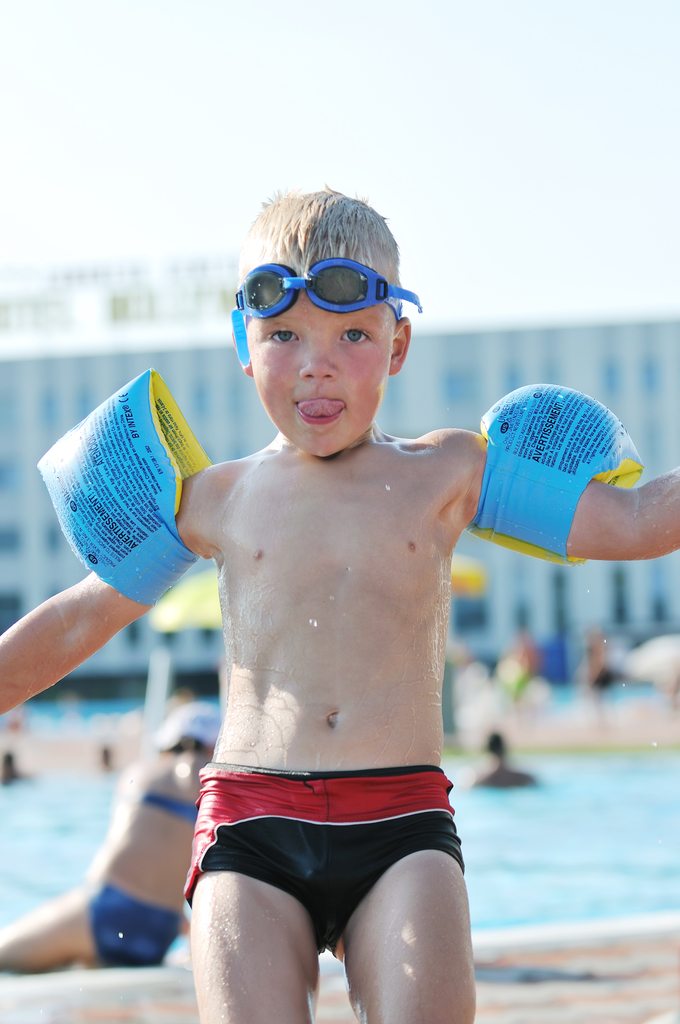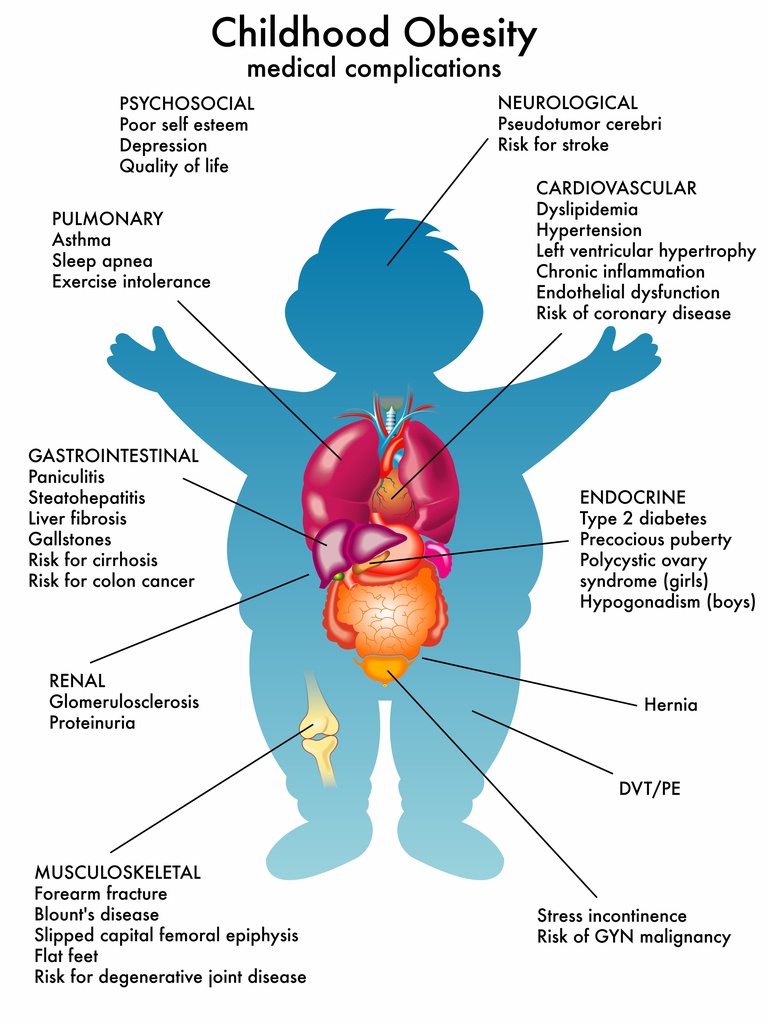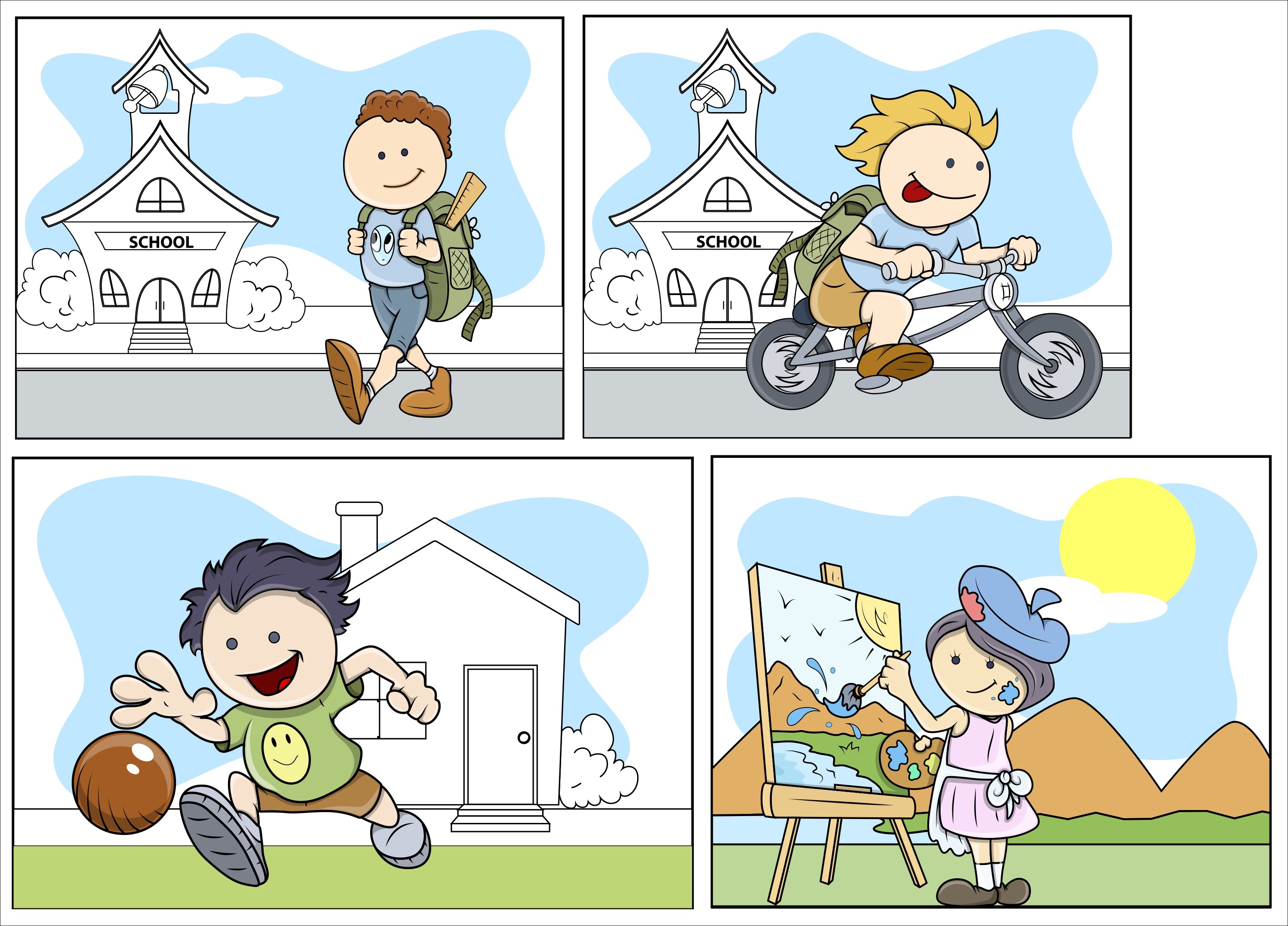Moms these days are so very busy, but we’re more stressed than ever before and in need of lifestyle choices that help us be happier.
Pursuing a hobby may be just the ticket.
Here are a few reasons why a hobby is a great idea, even for a busy Mom.

Having a hobby relieves stress and tension
Spending time with a hobby replaces negative thoughts and replaces them with positive thoughts and feelings.
Having a hobby or creative outlet can lift your spirits and help with depression.
Unlike passive activities like television viewing, a hobby provides intellectual stimulation while simultaneously relaxing you.
Repetitive actions like those used in knitting are especially calming.
Hobbies help you parent better
We are so good at signing our children up for lessons and classes and encouraging them to have hobbies, even paying for these classes and driving them to and fro!
But we forget that we also need to learn new things and grow as people.
Hobbies also connect you with other people who share your interests.
A hobby can help you maintain your separate identity as a real person and not just as Mom.
This models healthy habits and boundaries for our kids.
Hobbies provide a refreshing change from your daily routine
If you’re a stay at home Mom, you may be frustrated because at the end of the day you can hardly point to anything you’ve “done”.

This is because of the repetitive nature of housework and childcare.
In generations past, women pursued hobbies like:
- quilting
- sewing
- knitting
- crochet
- embroidery
Not only because they were enjoyable but because they provided tangible value to the family, either providing clothing for their backs or much needed income.
Some hobbies like tennis, gardening or belly dancing can even provide great exercise with all of its accompanying benefits.
The best exercise activity is one that combines mind and body and is enjoyable to pursue.
Why not carve out some time to pursue your hobby Mom?
Don’t let a shortage of time stop you.
Rearrange your schedule and put YOU back in it, and start carving out time for your favorite pastime.

[video_page_section type=”youtube” position=”default” image=”https://peekbaby.com/wp-content/uploads/2018/01/2018-01-14_19-14-03.jpg” btn=”light” heading=”” subheading=”” cta=”HOW TO | Still Enjoy Your Hobbies When You’re A Parent” video_width=”1080″ hide_related=”true” hide_logo=”true” hide_controls=”true” hide_title=”true” hide_fullscreen=”true”]https://www.youtube.com/watch?v=7Xi6CpEE-T8[/video_page_section]
Having 3 children under the age of 3 can be very challenging and take so much energy and time.
But there can be room for enjoying hobbies and having “me” time.
In this video I will share 3 tips on how to make this happen so that the entire family benefits.
[gmap-embed id=”19″]
















